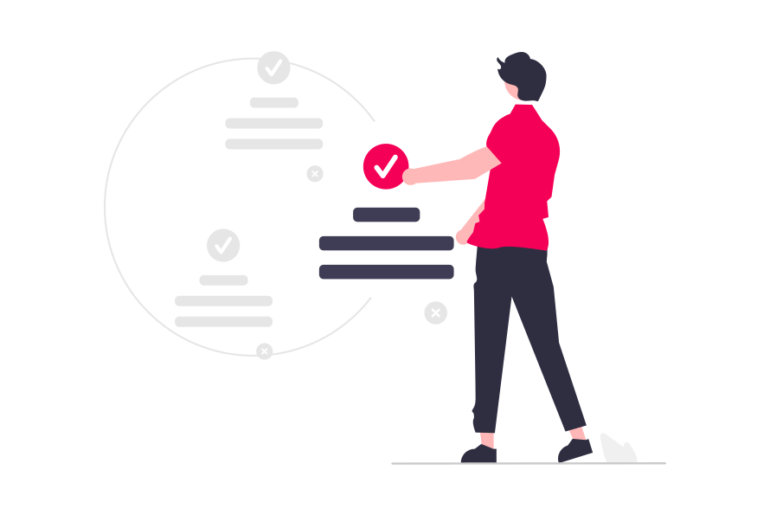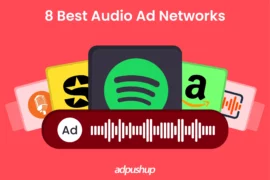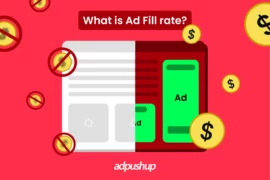Have you ever wondered how programmatic ad mediation works? In this article, we will cover all the major aspects of programmatic ad mediation. Here we’ll tell you in detail what it is and how it provides benefits to the publishers.
Will Programmatic ad mediation ever rule the World? The mobile app market is continuously growing. With programmatic ad mediation worldwide mobile application revenue is estimated to reach an astounding USD 206.85 billion in 2022 and USD 228.98 billion in 2023.
Imagine you have a virtual concierge for your advertising space. It decides which ads to show and when, based on factors like audience demographics, advertiser bids, and user behavior. That’s programmatic ad mediation, and it’s revolutionizing the way ads are bought and sold online. Want to learn more?
Ad mediation is a subset of programmatic ad mediation. Programmatic ad mediation refers to the automated process of optimizing ad delivery across multiple ad networks, exchanges, and demand sources.
- Ad mediation, managing the delivery of ads from different ad networks within a single ad placement, such as a mobile app or a website.
- Ad mediation technology determines which ad network to use for each ad impression, based on factors such as the ad network’s fill rate, eCPM, and geographic coverage, in order to maximize revenue for the publisher.
- So, while ad mediation is a specific application of programmatic ad mediation, programmatic ad mediation encompasses a broader range of technologies and strategies for optimizing ad delivery and revenue.
- Effective app growth for publishers relies on implementing ad mediation strategies, but it’s a complex process that requires careful planning and execution.
Programmatic ad mediation is a more advanced form of ad mediation that uses real-time bidding and machine learning algorithms to automate the ad selection process.
It allows publishers to connect with multiple demand sources like ad networks, exchanges, and DSPs and auction their ad inventory to the highest bidder in real time. Now we have to know what is Programmatic ad mediation.
Read More: A Complete Guide to Mobile Ad Mediation Platforms (2023)
Definition: Programmatic Ad Mediation
It is an automated process that helps publishers maximize their revenue from digital advertising by connecting them to multiple demand sources or ad networks.
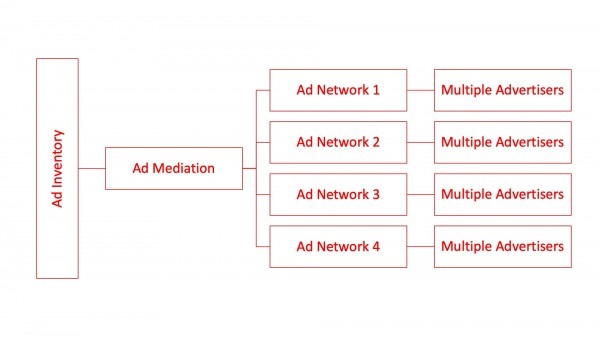
It works by allowing publishers to access multiple networks at once, so they can access the highest-priced bids from multiple sources, rather than having to pick one network and manually negotiate with them.
With programmatic ad mediation, publishers can easily adjust their settings to optimize for the best-performing ad network and formats.
Automating your Ad Campaigns with Programmatic Ad Mediation
Do you want to take your ad campaigns to the next level? Reach more users, drive higher engagement, and increase your revenue with efficient automation. Programmatic ad mediation helps in all these aspects. Here’s how it works:
Ad Request
The process begins with a user’s request for the ad. The publisher server sends an ad request to the mediation platform.
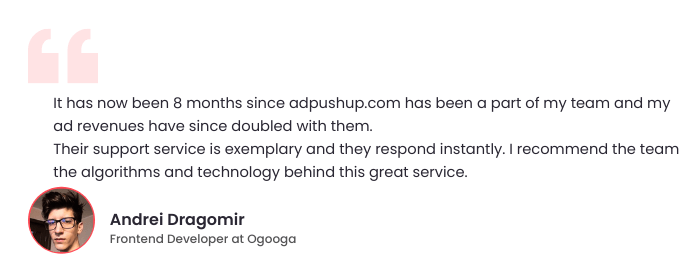
Ad Network Selection
The mediation platform then evaluates a user’s request and selects the most suitable ad network to fulfill it. Such factors include device type, ad type eCPM rates, user location, and additionally taken into consideration.
Ad Network Response
The selected ad network responds with an ad to fulfill the request. If the ad network does not have an ad to fulfill the request, the mediation platform moves on to the next ad network in line.
Ad Response
The ad response is sent back to the publishers’ server, and the ad is displayed to the user.
Reporting
Mediation is a platform that records the data from each ad request and response and provides reports to the publisher. These reports help the publisher gain insights into how their ad mediation is performing.
Programmatic ad mediation helps publishers manage multiple ad networks and sources in an automated way while providing an optimal experience for the user. The publishers can access detailed reports to gain insights into their ad performance and optimize their campaigns accordingly.
Also Read: Programmatic Advertising: A Quick Guide For Publishers
Who Can Benefit from Programmatic Ad Mediation?
Programmatic Ad Mediation is essential for your business and it provides benefits to publishers, advertisers, and users. Publishers can increase their revenue by utilizing programmatic ad mediation to connect to multiple ad networks and ad exchanges, while advertisers can use it to optimize their ad campaigns and increase their ads. Here are some benefits
Publishers
The number of benefits for publishers through programmatic ad mediation
- Programmatic ad mediation helps publishers save time and labor costs associated with manually managing campaigns across multiple ad networks.
- It provides publishers with real-time optimization, allowing them to adjust campaigns to optimize for revenue in real-time.
- It also allows publishers to better protect their inventory from ad fraud.
- By using programmatic ad mediation, publishers have access to multiple ad networks, exchanges, and demand sources. This allows them to diversify their revenue streams and maximize their ad inventory.
Advertisers
Here are the benefits for advertisers who use programmatic ad mediation
- Programmatic ad mediation provides advertisers with more control over their campaigns allowing them to budget, adjust bids, and target in real-time.
- Programmatic ad mediation enables advertisers to reach a larger audience by tapping into multiple ad networks, exchange, and demand sources.
- It helps advertisers identify the best-performing ad network and optimize their campaigns accordingly.
- It is a time and money saver for advertisers by automating the campaign set-up process.
Users
Programmatic ad mediation can also benefit users in several ways
- It helps ensure that users are not served intrusive or disruptive ads.
- It also helps ensure that users are not served low-quality ads or ads infected with malware.
- Programmatic ad mediation helps ensure relevant, targeted ads.
- It also helps ensure that users are not served ads that violate their privacy.
Ad Mediation: Unlocking Revenue Benefits for Publishers
Ad mediation provides a single platform for managing multiple ad networks, making it easier for publishers to optimize their monetization strategy. Here are some essential points:
- Ad mediation is the key to unlocking the highest bidder for your site. It can help publishers reduce the overhead costs associated with managing multiple ad networks, as it provides a unified platform to manage all the networks.
- In order to optimize revenue with ad mediation publishers should focus on two main aspects: optimization strategies and ad network selection.
- Optimization strategies refer to the techniques used to increase revenue from a given ad network. These strategies include testing different ad formats, adjusting bids, and floor prices, and setting rules for ad serving to ensure that the highest-paying ad network is selected for each impression.
- Ad network selection is another important factor for maximizing revenue with ad mediation.
- The publisher should carefully evaluate the ad network to select the ones that offer the highest bids and best fill rates for their inventory. This will enable them to ensure that they are able to monetize their inventory effectively.
- With Ad Mediation, publishers have the ability to monetize their sites with both CPC (cost per click) and CPM (cost per mille impressions) ads, driving competition and increasing revenue.
- Ad mediation is managed by AI, which determines which advertiser will pay the most for a specific kind of ad. By enabling ad mediation, publishers can take advantage of the highest bidder and maximize their revenue.
- There are two ways to optimize revenue with Ad mediation: first self-serve monetization platform and second, you can use a Google AdX partner or Ad Mediator.
Overall, ad mediation can be a strong platform for publishers to maximize their revenue. By carefully selecting and optimizing ad networks, publishers can ensure that they are able to monetize their inventory effectively and maximize their revenue.
Check Here: Header Bidding vs Ad Mediation: Differences Explained for Publishers
Programmatic Ad Mediation: Step-by-Step Guide with Pros and Cons
Programmatic ad mediation is a technology that allows app developers to optimize their in-app advertising revenue by automatically selecting the most profitable ad networks to display ads in their app. Here is a brief step-by-step guide with the pros and cons of programmatic ad mediation:
Pros of Programmatic Ad Mediation:
- Increased Revenue: Programmatic ad mediation optimizes ad inventory by selecting the most profitable ads, leading to increased revenue.
- Reduced Workload: App developers can save time by automating the ad optimization process, allowing them to focus on other aspects of app development.
- Improved User Experience: Programmatic ad mediation ensures that users are shown relevant ads that are more likely to be clicked on, improving the overall user experience.
- Access to Multiple Ad Networks: Ad mediation platforms provide access to multiple ad networks, increasing the number of potential advertisers and ad revenue.
Cons of Programmatic Ad Mediation:
- Lack of Control: Developers may have limited control over the ad selection process, potentially leading to a decrease in revenue if the ad mediation platform makes poor choices.
- Technical Challenges: Integrating ad mediation platforms can be technically challenging, and troubleshooting issues can be time-consuming.
- Increased Complexity: Ad mediation adds a layer of complexity to the app development process, which may be daunting for some developers.
- Ad Quality Concerns: Ad mediation platforms may select low-quality ads, leading to a poor user experience and decreased revenue.
In summary, programmatic ad mediation is an effective way for app developers to increase their ad revenue and optimize their ad inventory. However, developers should carefully consider the pros and cons of programmatic ad mediation before implementing it in their apps.
Choose the Right Programmatic Ad Mediation Platform!
When it comes to monetizing your mobile app with advertising, programmatic ad mediation is the way to go. With programmatic ad mediation, you can maximize your ad revenue by connecting your app with multiple ad networks.
This lets you optimize your ad inventory and you can get affordable deals from different networks. How do you choose the right platform for programmatic ad mediation?
Here are simple tips involve:
Look for Cross-Platform Support
Make sure the platform you choose supports multiple operating systems and devices. This will ensure that your ads are seen by the widest possible audience.
Consider the Platform’s Pricing Model
Different programmatic ad mediation platforms have different pricing models. Some may charge a flat rate, while others may charge a percentage of your ad revenue. Consider which pricing model is best for your budget and needs.
Read User Review
Check out the online reviews to get the best idea of how other developers have fared with the platform. This can help you make an informed decision about which programmatic ad mediation platform is right for you.
Review the Platform’s Level of Support
A good programmatic ad mediation platform should have a support team that can quickly answer any questions or inquiries you may have. Check out the platform’s help desk page to get an idea of their level of support.
Check the Features of Platforms
Not all programmatic ad mediation platforms are created equal. Some may offer more features than others, so be sure to check which features the platform offers before deciding. Look for features such as ad optimization, automated reporting, and real-time bidding.
With the right platform, you will be able to get the most out of your app and maximize your ad revenue. So start your search and you could be reaping the rewards in no time!
Programmatic Ad Mediation: What Are the Major Platforms Involved?
It is the process of optimizing the delivery of ads for maximum revenue. It involves the use of technology to help ad networks, DSPs, and SSPs target, manage, and serve ads to users.
Google Ad Manager
GAM is a full-stack programmatic ad mediation platform that helps publishers and advertisers manage their digital advertising campaigns. It offers advanced ad targeting, optimization, analytics, and reporting capabilities.
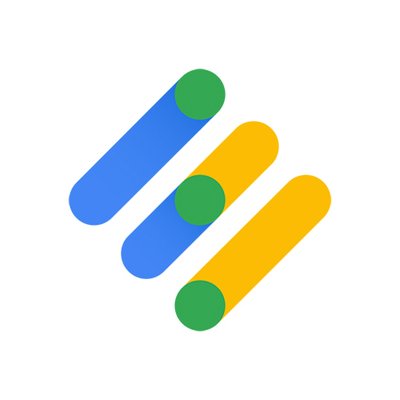
With GAM, publishers can access multiple sources of inventory, define their ad placements, and set their pricing. GAM also provides advanced targeting capabilities, allowing advertisers to target their campaigns to the most relevant audiences.
MoPub
It is a mobile-focused programmatic ad mediation platform that helps publishers and advertisers manage their mobile ad campaigns.
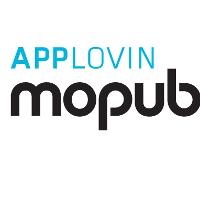
It offers access to a wide range of mobile ad networks and exchanges, allowing publishers to maximize their ad revenue by utilizing multiple sources of inventory.
MoPub also provides advanced targeting capabilities, allowing advertisers to deliver their ads to the most relevant audiences.
AppLovin MoPub also provides advanced targeting capabilities, allowing advertisers to deliver their ads to the most relevant audiences.
Fyber
It provides publishers with access to a broad range of demand sources. It offers a real-time bidding platform, as well as advanced analytics, targeting, and optimization tools.

Publishers can manage the entire process of ad mediation and optimization via Fyber’s dashboard. This allows them to make data-driven decisions to increase their ad revenue.
Smaato
It helps publisher maximize their ad revenue by connecting them with a wide range of demand sources.

Smaato provide an auction-based system where the publisher can submit their inventory, and the publisher is able to choose which demand source to work with. Here the features include advanced analytics, targeting, and optimization features to help publisher maximize their ad revenue.
In summary, Programmatic ad mediation has become an increasingly important part of digital advertising. Google Ad Manager, MoPub, AppLovin, Fyber, and Smaato are some of the major companies and platforms involved in programmatic ad mediation.
These platforms offer access to multiple sources of inventory, advanced targeting capabilities, optimization, analytics, and reporting capabilities.
Final Thoughts on Programmatic Ad Mediation
Programmatic ad mediation is an effective way for advertisers and publishers to maximize their advertising revenue by optimizing the bidding process. Using a mediation platform, advertisers and publishers can purchase and sell multiple ad networks, giving them access to higher CPMs, better targeting, and more control over their ad inventory
Key Points:
- It also provides a more efficient way to manage traffic and optimize ad campaigns.
- It is a great way to take advantage of the latest technology and maximize the value of your ad inventory.
- Programmatic Ad mediation can help you increase your ROI and maximize your profits.
Need help with ad mediation? Our ad mediation solution help web publishers optimize revenue between closed networks and non-RTB environments. Setup a free demo here.
FAQ
Key features of programmatic ad mediation include dynamic optimization, ad network, demand source integration, and ad analytics. and reporting.
If you want to get started with programmatic ad mediation, you will need to select a mediation platform, integrate your ad network, and demand source, and create rules for delivery
The cost of programmatic Ad Mediation depends on the platforms and services used. Generally, there is a flat fee or a percentage of the ad revenue generated.

Shubham is a digital marketer with rich experience working in the advertisement technology industry. He has vast experience in the programmatic industry, driving business strategy and scaling functions including but not limited to growth and marketing, Operations, process optimization, and Sales.
